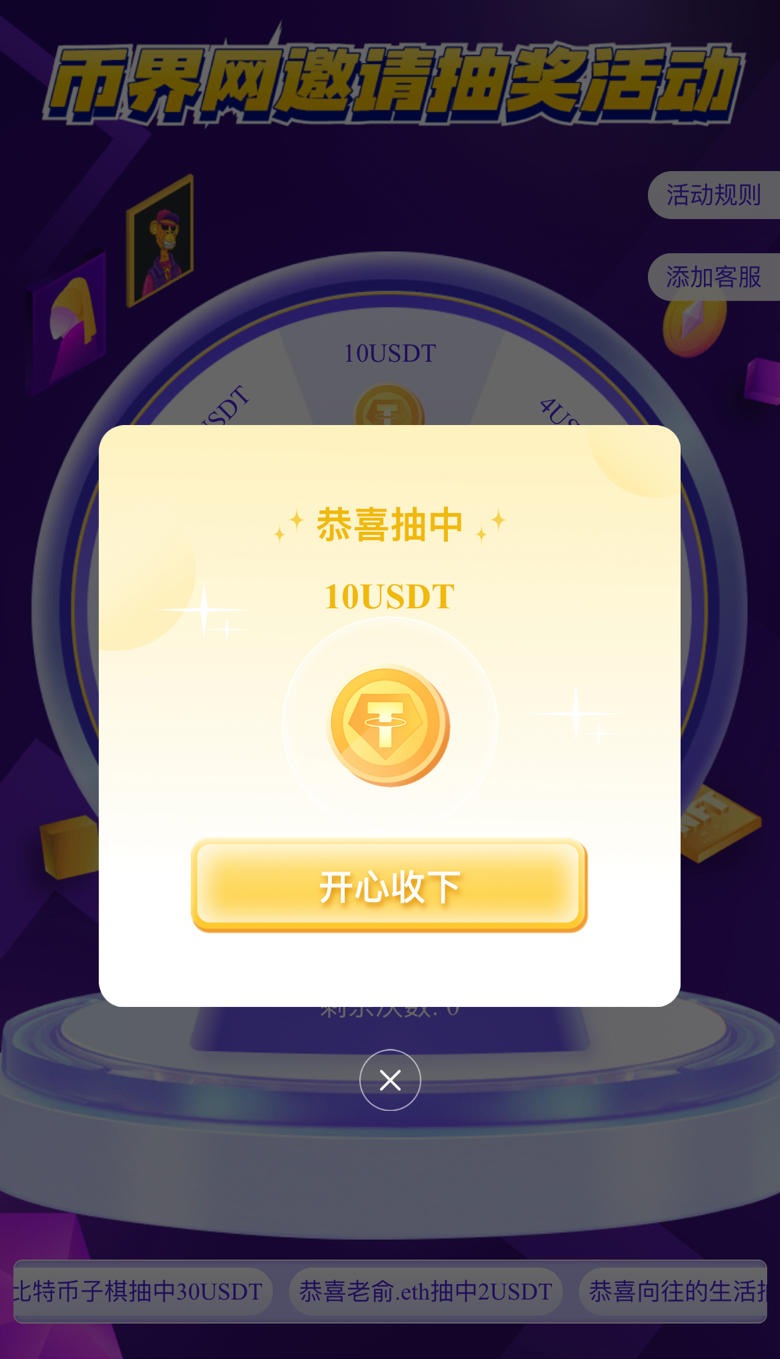Author: Michael Nadeau, The DeFi Report; Translated by: Tao Zhu, Golden Finance
Analysis of BTC through momentum index
Note that we use 50, 100 and 200-day simple moving averages to identify/confirm long-term trend reversals. This helps us smooth short-term volatility and have a clearer understanding of the directional deviations in the market.
Data: DeFi Report as of March 25, 2025
Key points:
BTC is currently trading below its 50-day moving average of $89,900 and the 100-day moving average of $94,600. Additionally, the shorter 50-day moving average fell below the 100-day moving average on 3/4/25 (after the price peaked at 1/30/25), indicating a weakening momentum and the bull structure could be disrupted.
BTC is still trading slightly above its 200-day moving average of $85,000 — a key support area.
Background is important. We analyzed the period in Bitcoin’s history when the 50-day moving average fell below the 100-day moving average after at least 2 years of sustained upward trend. Here are our findings:
2013 Cycle: The BTC 50-Daily Line fell below the 100-Daily Line on February 20, 2014 — after the price peaked on December 4, 2013. The 50-day line fell below the 200-day moving average on March 24, 2014 (“Death Cross”). About a month later, the 100-day line fell below the 200-day moving average. This is the final confirmation of a long-term downward trend as BTC continues to experience a bear market, with prices bottoming out after about a year.
2017 Cycle: The BTC 50-day line fell below 100 on February 15, 2018 — after the price peaked on December 18, 2017. The 50-day line fell below the 200-day moving average on March 30, 2018 (“Death Cross”). One month later, the 100-day moving average fell below the 200-day moving average. BTC then experienced a year-long bear market, with prices bottoming out on December 14, 2018.
2021 Cycle: The BTC 50-day moving average fell below the 100-day moving average on December 27, 2021 – after the price peaked on November 14, 2021. The 50-day moving average fell below the 200-day moving average on January 14, 2022 (“Death Cross”). One month later, the 100-day moving average fell below the 200-day moving average. BTC then experienced a year-long bear market, with prices bottoming out on November 17, 2022.
Notable exceptions:
COVID-19 outbreak in 2020: In March 2020, during the COVID-19 outbreak, the market structure momentum of Bitcoin was broken. Of course, this is not a confirmation of the downward trend, but the beginning of a big upward trend. What is the difference from today? Large-scale fiscal and monetary stimulus.
May 2021: After a sharp rise in BTC from the end of 2020 to March 2021, the BTC market structure momentum collapsed in the mid-cycle after a 50% pullback. The market later rebounded, with BTC (barely) hitting another high six months later. What is the difference from today? Once again, when this happens, we are in a period of ongoing fiscal and monetary stimulus + multiple catalysts exist in the altcoin market (NFT, meta-universe).
September 2024: BTC is slightly below its key moving average this September, and then regains its recap in less than a month. What is the difference from today? There are still many bullish catalysts that have not yet worked, namely: Fed rate cuts + Trump/strategic Bitcoin reserves.
Summarize:
Bitcoin is currently trading below two of the three key long-term moving averages, with the 50-day intersection below the 100-day moving average about a month after the price reaches its peak of $109,000 – consistent with what we have seen as a longer downtrend in the past cycle (after an uptrend that lasts more than 2 years).
That being said, BTC is still trading above its 200-day moving average of $85,000, a key support area. If we see prices fall below this level and cannot recover quickly, this will further confirm the breakdown of the long-term market structure. Guided by history, if the trend continues, we can expect 50 days to cross the 200-day moving average sometime in early April (“death cross”).
You should note that our analysis here is retrospective – meaning that once a cross occurs and a downward trend is confirmed, the price of BTC may be trading well below the current level.
Of course, things don't have to develop like this. Further context (and data) is needed to assess the likelihood of a rebound and potential confirmation of further uptrends.
So let's go ahead with some on-chain data analysis and current macro setup...
BTC on-chain data
In this section, we will focus on short-term holders and key momentum data to provide more context for momentum indicator analysis.
Short-term holder cost basis
Key points:
Short-term holders currently suffer unrealized losses on average. The cost base for short-term holders is currently $934,000. To restore momentum, we need to see BTC prices return to this level.
Similar to the above analysis, we examined periods when short-term holders’ cost bases fall below BTC prices after a sustained upward trend of at least 2 years. How the resultAfter BTC prices fell below the short-term holder cost basis in each cycle, we all saw a relief rebound that brought BTC prices back to the short-term holder cost basis, but ultimately failed. Why? Weak investors entering the market late in the cycle are seeking to exit. In the current situation, we see this happening in early March, when the price fell to $78,000 and rebounded to over $90 after Trump tweeted about strategic reserves. It did not hold on. We may see another relief rebound towards these levels. If it happens again, we will observe whether the price can hold and restore momentum.
Long-term holders
Long-term holders tend to set market bottoms, while short-term holders tend to push prices to their all-time highs when prices plummet.
After profits in the first and fourth quarters of last year, long-term holders are returning to the market as dips buyers (green on the far right of the figure below). This is encouraging, but it doesn't necessarily mean we hit a new low at the current level. We can see similar dynamics early in the past bear market, as investors quickly buy on dips before prices eventually fall.
BTC Trading Volume
Trading volumes fell sharply in March, with an average daily trading volume of $9.6 billion, below pre-election levels. This is the fourth straight month of daily trading volume decline, similar to what we observed from November 2021 (the peak price in the previous cycle) to February 22.
Data on the "Animal Spirit" chain
In this section, we evaluate the existence of “animal spirit” on Solana, where the crypto casino completes the cycle.
DEX Trading Volume
Average daily DEX volume on Solana has dropped by about 80% in the past month, down 95% from its mid-January peak.
If you are curious, the DEX trading volume on Ethereum fell 45% over the same period and the DEX trading volume on Base fell 65%.
New trading tokens
Solana has added about 24,000 tokens per day on average over the past week, down about 60% from its peak at the end of January. For reference, these levels are similar to what we saw in late September/October last year.
It should be clear that 24,000 new tokens are still a lot of them every day. The animal spirit has not completely disappeared. But what is even more worrying is the number of tokens that "graduate" every day. These tokens have achieved a speed of escape in terms of market value and trading volume. We currently have about 175 tokens graduates a day, down from about 85% (1,100 at peak).
Key points:
In addition to the loss of momentum of BTC price trends, we are also seeing a significant reduction in traffic – both in trading volume and ETF traffic.
The decrease in on-chain activity through DEX transactions, the decline in token issuance and the negative financing rate of BTC further confirms that the bull market is weakening.
Finally, if prices continue to move in the wrong direction, the lifting of hidden leverage from BTC’s two major purchasing sources (ETFs and micro-strategy) could trigger a black swan event.
Macro situation
We believe that the current cryptocurrency market structure has obviously collapsed. Of course, the situation can improve quickly. But there needs to be a catalyst.
Unfortunately, the macro situation doesn't look very good either.
Global liquidity
Global liquidity is rising, but the pace is slowing down. There are two key factors driving economic growth at present: weaker U.S. dollar and improved liquidity in central banks, especially the People's Bank of China, while the Federal Reserve is more cautious.
Our main concern is that through reverse repurchase consumption and early issuance of new bonds, the driving force for "invisible quantitative easing" in 2024 will basically no longer exist this year.
In addition, we expect U.S. fiscal liquidity (DOGE) to dry up.
Last week's Fed FOMC meeting
The Fed kept interest rates unchanged last week, which was expected. But what other clues can we get from the meeting to help us predict the market direction in the short term? As far as we know, the key points of the meeting are as follows:
The Fed lowered its GDP growth forecast this year to 1.7% from 2.1%. It also raised inflation expectations to 2.8% from 2.5%. This is worrying, as they basically predict some stagflation in the future.
QT has been reduced from $25 billion per month to $5 billion per month. We believe this is beneficial to marginal liquidity, but is not a catalyst for re-inspiring risk appetite.
Rate cuts are expected to be cut twice for the rest of the year, with interest rates set to stabilize at 3.9% by December. This has not changed from the last meeting. That being said, the number of Fed officials expected to cut interest rates once or less has changed from four to eight — a hawkish turn. Additionally, the number of officials who are expected to cut interest rates three or more times will change from 5 to 2 (against the hawks).
Anyway, we don't think it's a dove-like meeting. If anything, it is neutrality.
News from the Trump administration
The Trump administration is very transparent about its plans. We encourage you to check out what Minister Becente and Lutnik interviewed with All-In Podcast last week.
It is clear that the plan is to transform the economy from a fiscal expenditure/deficit-dependent model to a private-sector-driven model. We are optimistic about this for a long time. Having said that, it is hard to imagine reaching the other side without major obstacles.
Summarize
We believe that bear markets may last longer, rather than short-term consolidation before another round of gains.
Answer this question: Are we buying or downplaying the rise in altcoins? We are downplaying it.
Of course, we want to buy more of our favorite crypto assets
Price Converter
- Crypto
- Fiat
USDUnited States Dollar
CNYChinese Yuan
JPYJapanese Yen
HKDHong Kong Dollar
THBThai Baht
GBPBritish Pound
EUREuro
AUDAustralian Dollar
TWDNew Taiwan Dollar
KRWSouth Korean Won
PHPPhilippine Peso
AEDUAE Dirham
CADCanadian Dollar
MYRMalaysian Ringgit
MOPMacanese Pataca
NZDNew Zealand Dollar
CHFSwiss Franc
CZKCzech Koruna
DKKDanish Krone
IDRIndonesian Rupiah
LKRSri Lankan Rupee
NOKNorwegian Krone
QARQatari Riyal
RUBRussian Ruble
SGDSingapore Dollar
SEKSwedish Krona
VNDVietnamese Dong
ZARSouth African Rand
No more data


